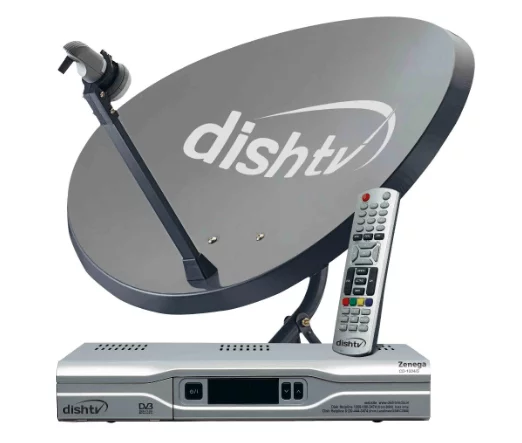 The set-top boxes (STB) that we have installed in our houses by our DTH operators play the role of decrypting the digital signals that are received by the dish and filtered and amplified by the LNB. These set-top boxes contribute to the major cost that we pay for buying a new DTH connection. But the major drawback of these STBs is that unlike GSM phones they are not interoperable, which means, unlike mobile phones where you can switch sim cards and switch to a different operator.
The set-top boxes (STB) that we have installed in our houses by our DTH operators play the role of decrypting the digital signals that are received by the dish and filtered and amplified by the LNB. These set-top boxes contribute to the major cost that we pay for buying a new DTH connection. But the major drawback of these STBs is that unlike GSM phones they are not interoperable, which means, unlike mobile phones where you can switch sim cards and switch to a different operator.
If you are not satisfied by your DTH operator you can’t just insert another operator’s smart card and start enjoying the new operator’s services. In other words, the STB’s are locked and configured to a single DTH operator. TRAI has last week taken the initiative to resolve this by issuing a consultation paper to get the inputs from the DTH operators and achieve interoperability.
The key points of the consultation paper include:
- Declaration of the price of different type of STB’s and installation charges
- Flexibility of operators to offer brand new, as well as refurbished STBs.
- Provision of Buy-back or Refund for the cost paid for STB by subscriber
- The fixing of a lock in period before which buy back or refund can be offered for the STB
- Option for the operators to reuse the surrendered STBs
- Mechanism for registration of the request for surrender of connection
- Maximum time limit for settlement of refund for buy back of STBs by operators.
In August 2011 Dish TV had released conditional access module (CAM) cards under the branding of Dish freedom. These CAM cards could be inserted into the empty CAM slots in your existing SD or HD STB’s and you could easily switch from your current DTH operator to Dish TV. But this concept didn’t take off in the market at that time and Dish TV quickly stopped this offering. CAM cards are the only feasible solution to the issue of interoperability between STBs. But it comes with a few drawbacks, such as the Dish needing to be aligned to the satellite of the new operator and the inability to watch Video on demand content which is only configured in the STB to work with the original operator, also MPEG-4 signals will not work with an MPEG-2 STB. But if this gets implemented on a large scale it will solve the issue for those who have paid heavily for HD STB and DVRs and do not wish to spend again on buying new equipment.
Let us know tour views and opinions through your comments.















